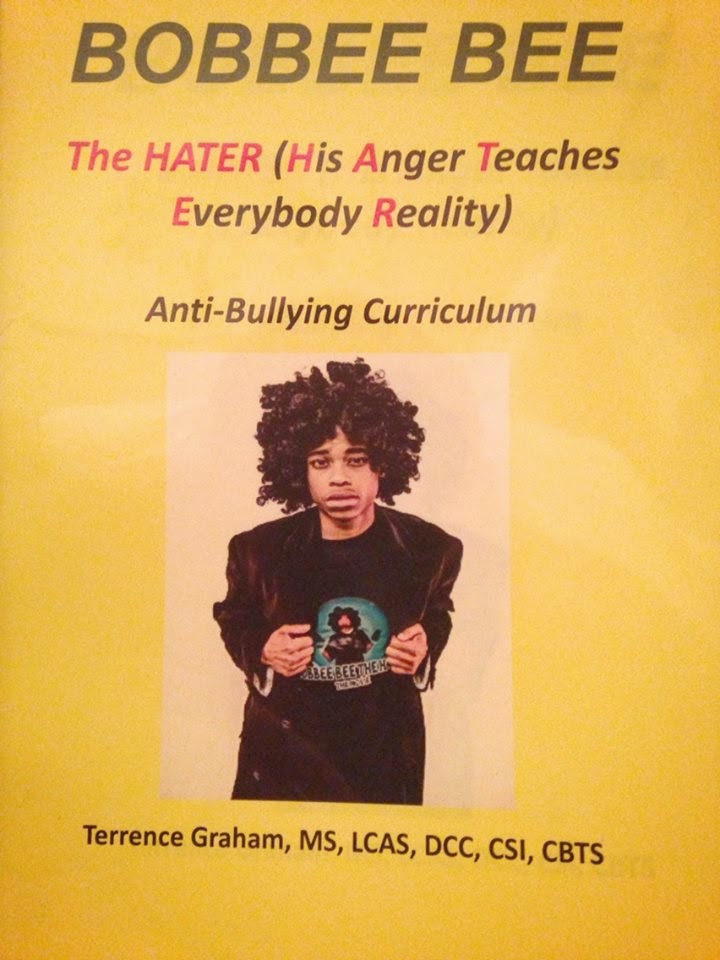When people think about bullying many imagine something like this: one child yelling at another to give up their lunch money.
But the reality of bullying is very different and unfortunately much more severe.
Did you know that over 70% of students report that bullying is a problem at their school?
And that about one out of ten middle school kids drop out of or change schools due to bullying?
Broadly speaking bullying can be defined as unwanted, aggressive behavior that involves some kind of power imbalance.
Bullying isn’t limited to physical abuse – verbal, emotional, and cyberbullying are also common in many schools.
Although bullying is commonly associated with kids and adolescents it also impacts adults.
Helping a child through a bullying situation can be complicated and often requires collaboration between parents, kids, teachers, and school counselors. If you are concerned that your child is being bullied it is especially important to ask your child how their day at school went.
Because some children feel embarrassed about being bullied, asking about this topic directly may not help you find an answer.
Bullying can contribute to students feeling socially isolated, worthless or depressed. In addition, the psychological effects of bullying can last well into adulthood and increase a person’s chance of experiencing things like anxiety disorders.
As a result, Terrence Graham, owner of 5 Foot Productions, created the Bobbee Bee the HATER, which is a clever acronym that stands for H. is A.nger T.eaches E.verybody R.eality Anti-Bullying Curriculum, which is an academic program, designed to meet the academic, developmental, emotional, and social needs of students K-12, which in completion, will answer the following difficult questions like:
Are you a bully? Are you being bullied? And What do you do if you are being bullied.




